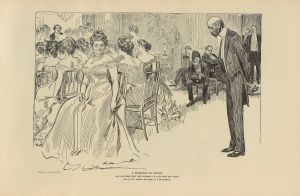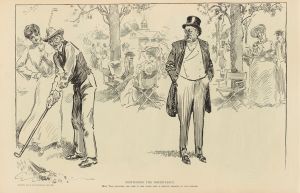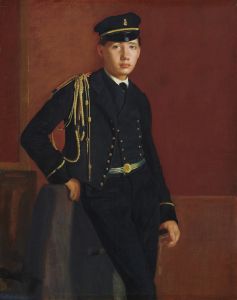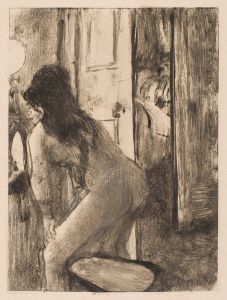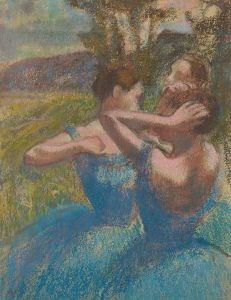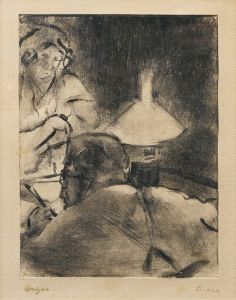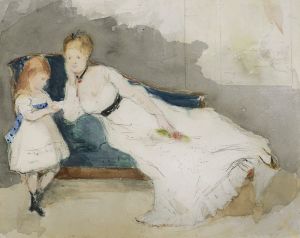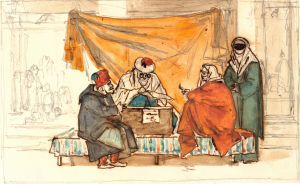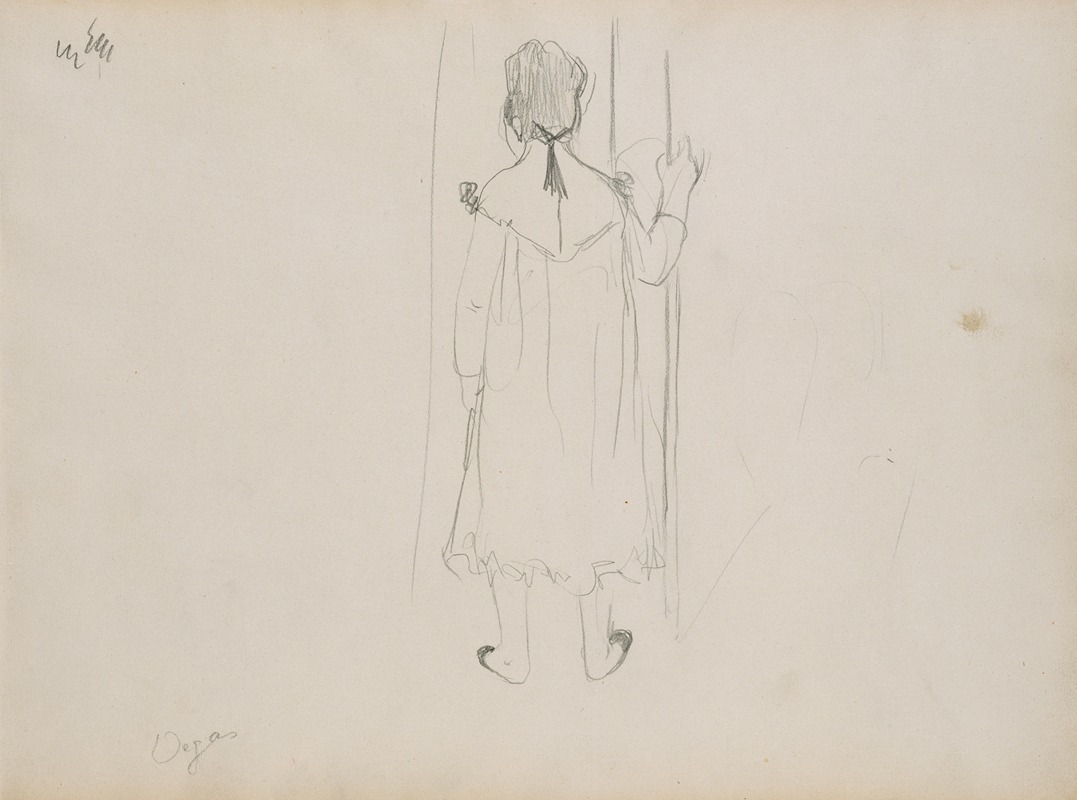
Brothel Scene
A hand-painted replica of Edgar Degas’s masterpiece Brothel Scene, meticulously crafted by professional artists to capture the true essence of the original. Each piece is created with museum-quality canvas and rare mineral pigments, carefully painted by experienced artists with delicate brushstrokes and rich, layered colors to perfectly recreate the texture of the original artwork. Unlike machine-printed reproductions, this hand-painted version brings the painting to life, infused with the artist’s emotions and skill in every stroke. Whether for personal collection or home decoration, it instantly elevates the artistic atmosphere of any space.
Edgar Degas, a prominent French artist known for his contributions to Impressionism, created a controversial work titled "Brothel Scene" around 1879. This painting is part of a series of works where Degas explored the theme of prostitution, a subject that was both provocative and reflective of certain aspects of Parisian society during the late 19th century. Degas, who was known for his keen observational skills and innovative compositions, approached this subject with a focus on the human form and the dynamics within the brothel environment.
"Brothel Scene" is characterized by Degas' typical use of muted colors and his ability to capture the nuances of human interaction. The painting depicts a group of women in a brothel, engaged in various activities. Degas' treatment of the subject is neither overtly moralistic nor romanticized; instead, it presents a candid view of the lives of these women. The composition is carefully structured, with Degas employing his understanding of space and perspective to draw the viewer into the scene.
Degas' interest in such themes was not isolated. During this period, many artists and writers were exploring the underbelly of urban life, driven by a curiosity about the social realities of the time. The depiction of brothels and the lives of sex workers was part of a broader artistic movement that sought to portray the complexities of modern life. Degas, however, distinguished himself by his detached, almost clinical approach to the subject matter, focusing on the physicality and psychology of his subjects rather than sensationalizing their circumstances.
The painting is also notable for its technical execution. Degas was a master of various media, and his works often exhibit a blend of techniques. In "Brothel Scene," he likely used a combination of oil paints and pastels, a medium he was particularly fond of for its ability to convey texture and depth. His brushwork is both precise and expressive, capturing the subtleties of light and shadow that define the interior space of the brothel.
Despite its artistic merits, "Brothel Scene" and similar works by Degas were not widely exhibited during his lifetime. The subject matter was considered controversial, and such works were often kept private or shown only to select audiences. It was only later, as societal attitudes towards art and its subjects evolved, that these works gained broader recognition and appreciation.
Today, "Brothel Scene" is studied not only for its artistic qualities but also for what it reveals about Degas' perspective on society and the role of women within it. The painting is housed in a private collection, and its relatively limited public exposure adds to its mystique and the ongoing scholarly interest in Degas' exploration of unconventional themes.
In summary, Edgar Degas' "Brothel Scene" is a significant work that reflects the artist's engagement with the social issues of his time, his innovative artistic techniques, and his unique approach to depicting human subjects. It remains an important piece for understanding both Degas' oeuvre and the broader context of 19th-century art.







